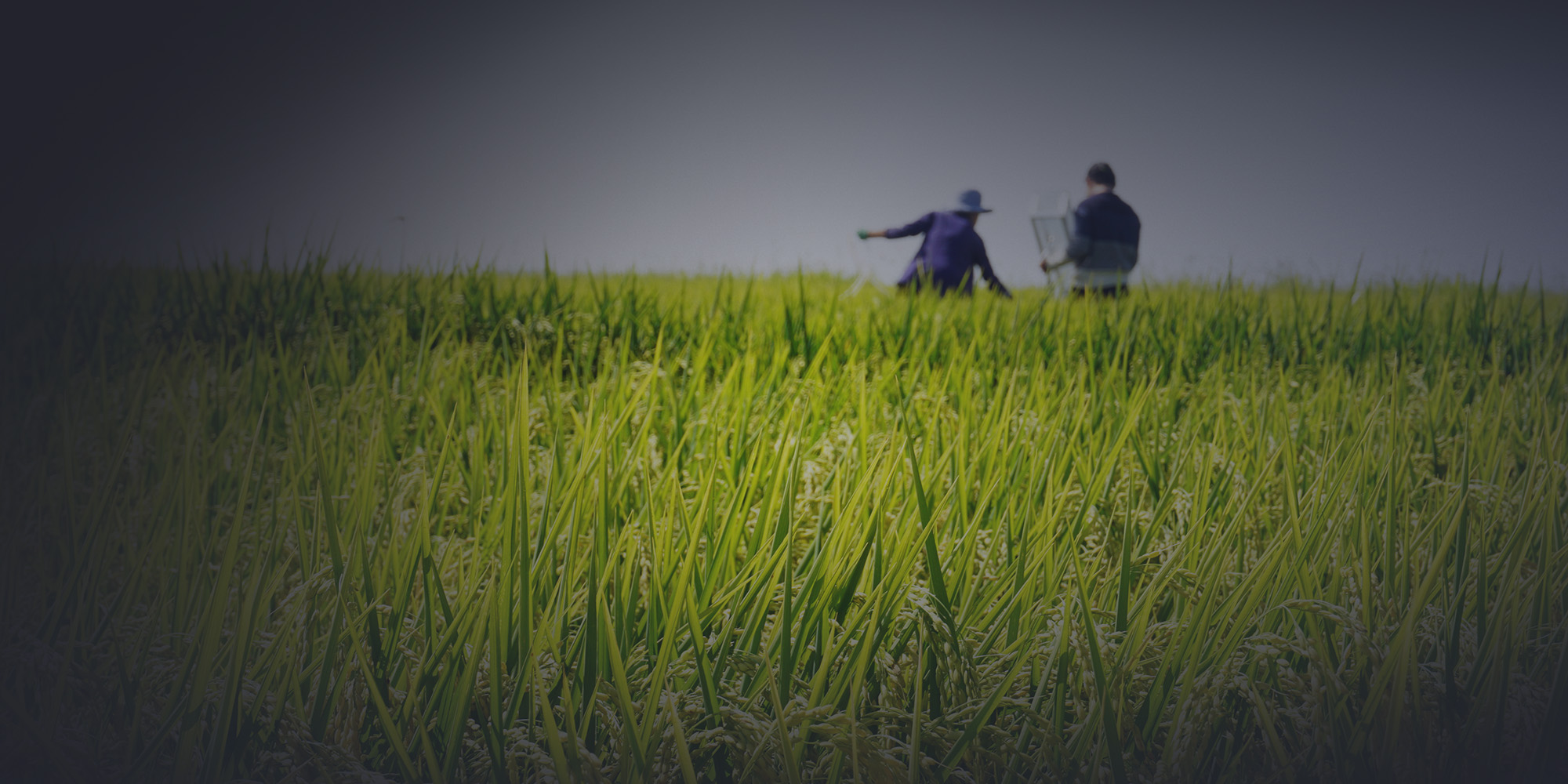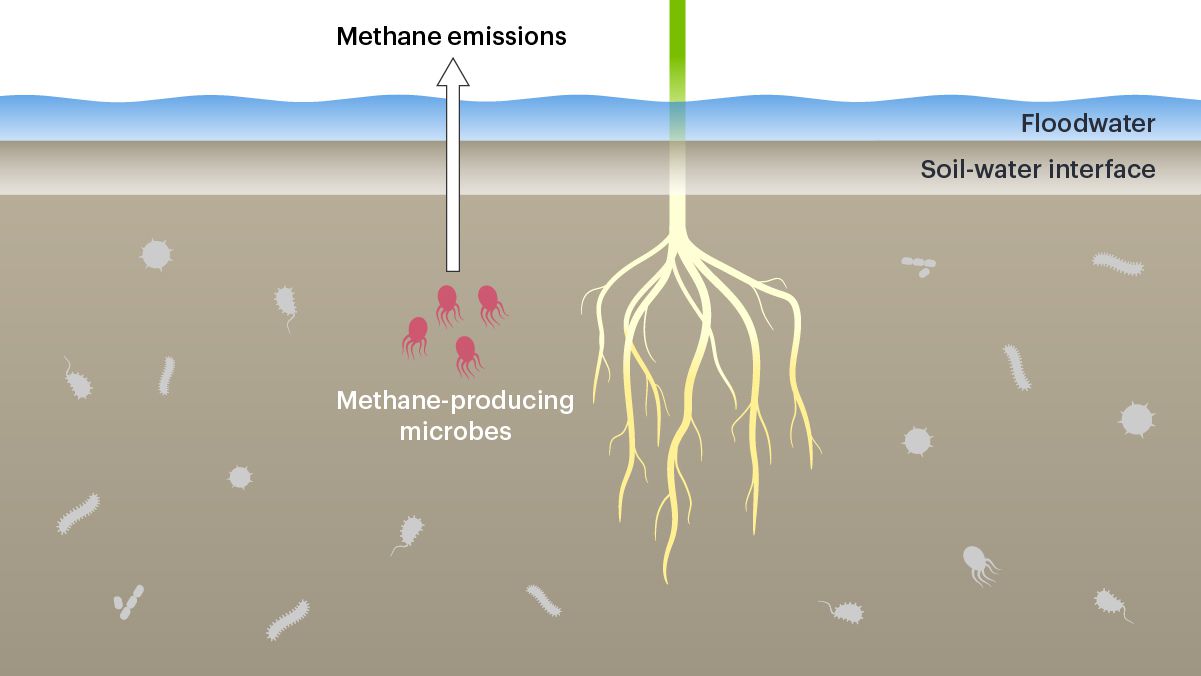A subset of viruses thrives following microbial resuscitation during rewetting of a seasonally dry California grassland soil
Nicolas AM, Sieradzki ET, Pett-Ridge J, Banfield JF, Taga ME, Firestone MK and Blazewicz SJ.
(2023)
Rice cultivation is one of the largest sources of greenhouse gas emissions from agriculture. In flooded paddies, where rice is traditionally grown, microbes in the soil make energy in ways that produce methane — a greenhouse gas that is much more potent than carbon dioxide in trapping heat in the atmosphere.
Our goal is to study the microorganisms that live in rice paddy soils to understand how they contribute to greenhouse gas emissions and develop ways to reduce methane emissions from rice cultivation. We will use a variety of methods, including metagenomics, geochemistry, and machine learning to learn about the members of these soil microbial communities.

Nicolas AM, Sieradzki ET, Pett-Ridge J, Banfield JF, Taga ME, Firestone MK and Blazewicz SJ.
(2023)